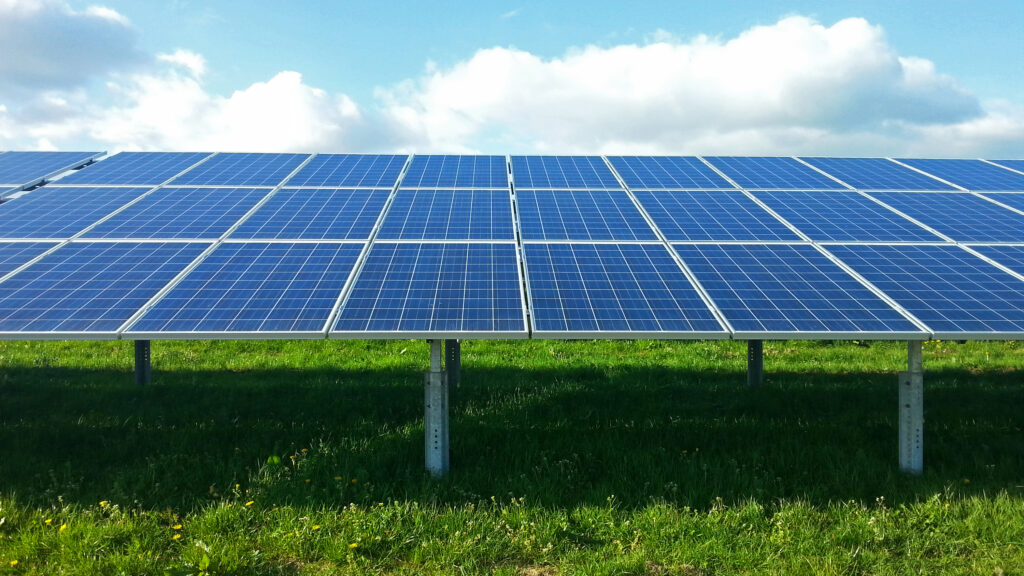Clean and renewable energy for all is a noble goal. It is, perhaps, one of the most important environmental efforts of our time. It’s difficult to accept, then, that renewable energy sources like wind and solar are not without environmental faults. There is no energy panacea and the more progress is made in the area of renewable energy, the more complex and unavoidable these conflicts become.
Related Article: Awareness and Outreach on World Parrot Day
In February of this year, I reported on a wind farm project in Ohio that was contested by avian conservation groups before the state’s supreme court. As it happens, the project has since been approved. In that article, I discussed the unfortunate number of bird deaths associated with wind farms as well as the inadequate methods employed to mitigate these deaths. The Emerson Creek Wind Farm is to be built on Lake Erie, a major avian habitat.
This issue has played out in various forms across the recent clean energy boom. The unfortunate truth is that the big open places where renewable energy farms are placed tend to be important pieces of habitat for local wildlife. Wind farms are not the only culprits in this struggle.
Solar power, too, represents a major hazard for bird populations. You may have heard how clean shiny windows are death traps for birds who fail to recognize them as solid objects and regularly collide with their surfaces. Solar panels have a similar effect. From above, flat shiny solar panels resemble water and unsuspecting birds treat them as such, crashing into them from above. A 2016 study indicated that as many as 140,000 birds per year died as a result of industrial-scale solar power. In the last seven years, it is not hard to imagine that that number has increased.
Projects like the Badger Mountain Solar Project in Washington State demonstrate why environmental interest groups are growing increasingly divided on these issues. Conservationists note that the Badger Mountain project is slated to be constructed in an area that is extremely important to the Greater Sage-grouse, a bird that is threatened by shrinking habitats. For clean energy advocates, though, the point is often made that non-renewable energy sources cause more harm to wildlife in the long run.
There is no simple solution, but as long as renewable energy projects continue to be constructed on top of or adjacent to crucial wildlife habitats, the negotiations must continue. Renewable energy is an important step towards safeguarding the long-term success of this planet and its wildlife, but we must do the work of research and responsible land management to ensure that we do not harm the very nature we set out to protect.
Popular Article: Study Indicates That Mountain Quail May Benefit From Wildfires

